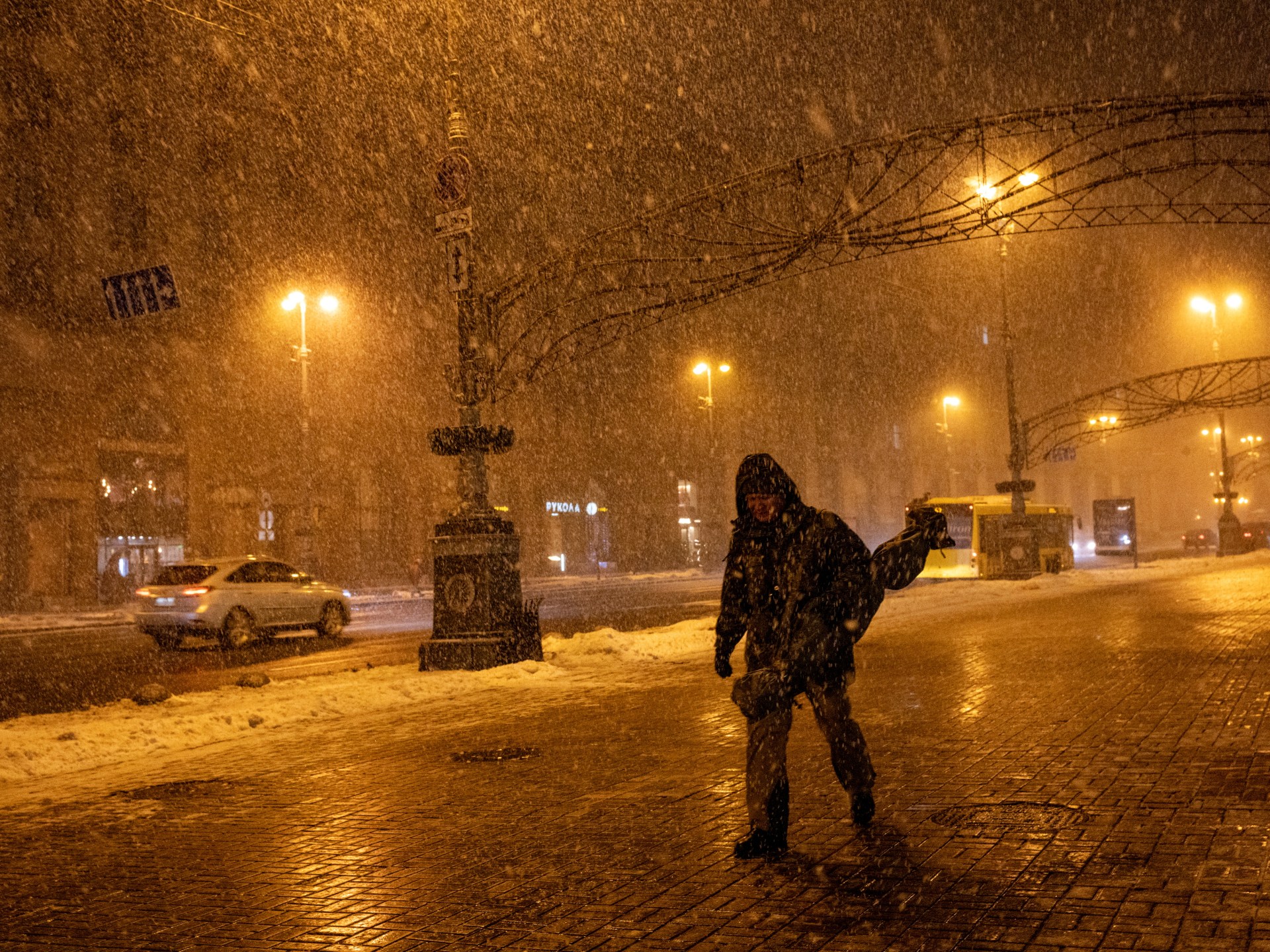There is a lot of anxiety in Ukraine as winter draws near.
A group of Ukraine’s allies led by France and the UK last month agreed to mobilize significant resources to help Kyiv maintain its supply of central heating and electricity in large urban areas. The effort appears to have had some impact because the heating season only started on October 28th, slightly later than usual.
However, this doesn’t provide much hope for warm homes in Ukraine in the months to come. As the cold sets in, the Russian army continues to attack the country’s crucial infrastructure, aiming to sever its power and gas supplies.
Russia’s steadfast ally, “General Winter,” is also engaged in this conflict, both against Ukraine and Europe.
Vladimir Putin, the president of Russia, has shifted the conflict to Ukraine’s energy and logistics systems after failing to win on the battlefield or use ultimatums to coerce Kyiv. The approach has changed, despite the initial appearance of resemblering a replay of previous winters.
Russia attempted to entice Ukrainians into surrender in 2022 and 2023. It failed . The nation’s spirit prevailed, and the lights came back. Putin’s analysis is now different. This time, the goal is not just to punish Ukraine, but to also destabilize Europe as a result of the country’s cold and darkness.
Millions of Ukrainians emigrated west by train, car, and on foot when Russia’s full-scale invasion first started in late February 2022, making the largest wave of refugees since World War II. That wave could reappear with devastating force if the energy system were to collapse. The Kremlin’s most cynical strategy is to use winter as a weapon.
Another refugee wave would be very destabilizing despite the West’s strong support for Ukraine. Europe would have to put up with a moral test as aid budgets become stretched. Between addressing growing public unrest at home and closing borders for frightened civilians fleeing the cold, it would have to be made.
There are still about 5 million Ukrainian refugees in Europe today. With 1.2 million and 900,000 people, respectively, Germany and Poland have the highest populations. Although both countries have welcomed Ukrainian refugees with open arms, public attitudes are changing as a result.
Nearly 100 000 Ukrainian men crossed into Poland after Kyiv eased border exit regulations for young men in early this year, many of whom traveled to Germany. That sparked unhappiness in the public. According to a poll conducted in October, 62% of Germans favor bringing Ukrainian soldiers back of their country, and 66% oppose benefits. Berlin last year spent 6 billion euros ($6.9 billion) on maintaining social support for Ukrainian refugees, and the new, conservative German government is complaining about tight budget cuts.
The incoming wave of young Ukrainian men fleeing Poland also sparked public outcry in the country. According to a survey conducted at the end of last year, 41% of Poles responded positively, 30% of Poles responded negatively, and 41% of Poles responded neutrally. According to 51 percent of people, the government’s support for them was excessive. This negative trend has likely persisted a year later.
There are also growing negative attitudes among Ukrainian refugees in other nations, where the population is smaller. Around 380, 000 Ukrainians have settled in the Czech Republic, and 60% of the population now think the country has accepted more refugees than it can handle.
The concern over another refugee wave is palpable throughout the bloc, but the European Commission extended temporary protection to Ukrainians until March 2027 in June. EU member states have enacted tougher sanctions on asylum seekers as a whole over the past two years. Germany’s border controls with Schengen neighbors have been reinstated, going into effect until 2026. At its border with Belarus, Poland no longer accepts asylum applications.
Putin and his ally Alexander Lukashenko, president of Belarus, are aware of the effectiveness of pushing desperate people to the EU’s borders. When Belarus directed asylum seekers from the Middle East and Asia toward the Polish border in 2021, they conducted this kind of hybrid warfare.
At the time, thousands of people lived close to those borders, which caused a humanitarian crisis and deaths. If Ukraine’s energy sector were to collapse this winter, thousands of people would travel west, to Poland, or to Romania and Hungary, and vice versa. Infiltration of provocateurs or drone activity along borders could quickly make the situation worse.
Would Europe be prepared?
Radoslaw Sikorski, Poland’s foreign minister, announced last month that his nation would provide generators and additional electricity to Ukraine. How, however, can generators keep more than 30 million Ukrainians warm in the midst of a icy winter?
Putin is aware of the solution. The Russian army bombs power plants, gas stations, and railroad crossings to push people westward, as a result. The power of poison has evolved into a weapon.
Ukraine’s “willing” allies may find their capacity to show signs of complacency this winter.
Source: Aljazeera

Leave a Reply